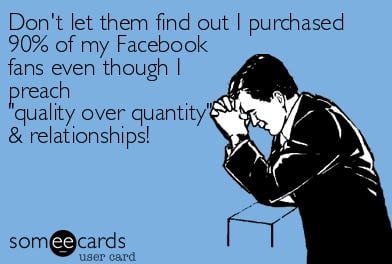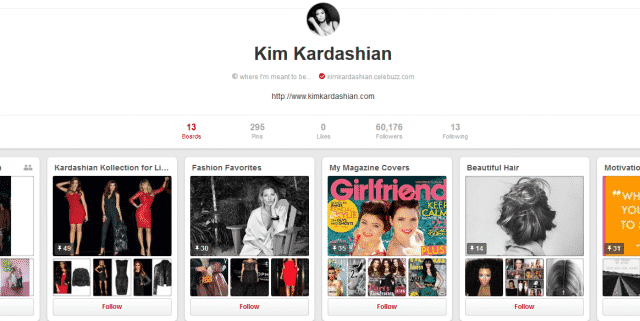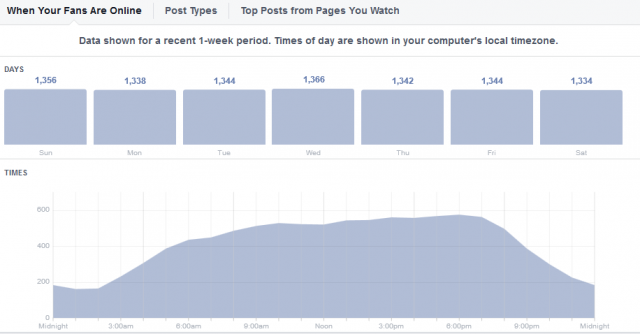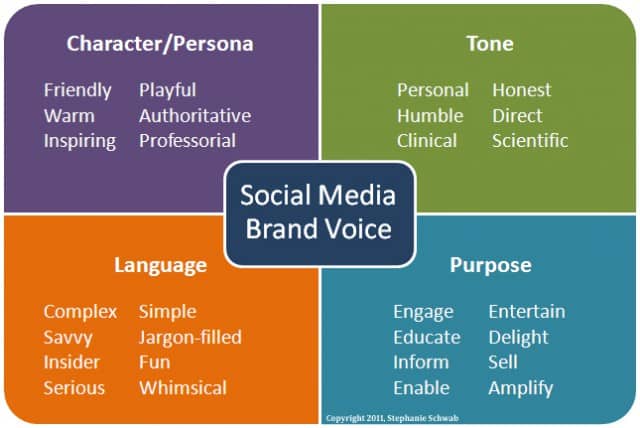Search engine optimization is vital to effective marketing online. So important that according to a studyconducted by the National Retail Foundation, search marketing was the most effective source of obtaining new customers for 85% of retailers in 2014. That’s a huge percentage of goals achieved thanks to SEOs. In order to keep results like these high, while maintaining sanity, it’s important to remind yourself of the following.
Mobile is Life
We all knew #Mobilegeddon was coming, it was only a matter of time. Just think for a second how many times a week you pull out your cell to search for the nearest thai restaurant, and then check their reviews, and then check-in on Facebook and Foursquare, and then search for the best ice cream shop… and so on.
Image Source: Smart Insights
Mobile is becoming a leading source for many websites, as it should, and is quickly exceeding desktop views. Last week, Google published a post stating mobile search surpassed desktop in over 10 different countries, US being one of them. With data like that it only makes sense that we stop looking back, and begin looking forward to the many opportunities mobile presents itself. Whether the next big update is #tabletgeddon or #idontknowyetgeddon, technology will continue to advance and Google will continue to enhance the search experience.
Mobile Tips:
- Make sure every bit of your website is responsive on both mobile and tablet. Test internally on coworker’s devices, as well as check outside the office under different IP addresses making sure there aren’t any broken links or loading issues.
- The site load speed needs to be faster than ever to keep the attention of mobile users. Mobile users are less patient than desktop users so don’t clog a site with large file sizes that take forever to load.
- Company newsletters need to be mobile-friendly, as well.
- Use mobile tracking for data and to test efforts.
Organic is King
Just over half of website traffic for the top industries come from organic search results. This gives hope to the diehard SEOs who have been tracking SERPS since day one and to small business owners who don’t have large Adwords budgets. Organic as a leading traffic source is what every SEO strives to achieve and as long as SEO is performed correctly, content is engaging, and checks and balances are performed, it is achievable.
Organic Tips:
- Stop spammy the cyberworld with irrelevant requests. Instead, ceate real relationships with industry leaders and partners.
- Optimize page titles and descriptions with the type of keywords that make users want to click.
- Create compelling content that people actually want to share.
- Avoid trying to trick Google and learn to just respect the internet gods.
Image Source: Search Engine Land
What Keywords Really Mean
Keywords used to mean stuffing. Unfortunately, to some they still do. Long, LONG gone are the days of inserting keywords into as many places on one page as possible and here are the days of quality content. Although most SEOs are aware of the switch and how to properly use keywords, they’re still not working in harmony with their content team to develop SEO-friendly and engaging content.
In a test performed by Google, synonyms affect 70 percent of user searches across the more than 100 languages. Based on that analysis, for every 50 queries only one bad synonym appeared. That means using that same set of keywords over and over again isn’t doing anything except creating an unreadable experience for the user. Google continues to use keywords to identify what your website represents and the message each page is trying to portray, but overstuffing content with a surplus of keywords will only hurt the user experience and rankings.
Thanks to the Hummingbird update, Google is smart enough to know which synonyms match a page’s message and better understand exactly what a user is looking for without needing 20 of the same keywords.
Keyword Tips
- Research what people are searching for using question and answer sites like Quora.
- Add to the conversation with keywords, instead of trying to start a new conversation.
- Use 2-3 words as keyword phrases to help decrease bidding prices and increase competitiveness.
- Create several different keyword lists and update them frequently using keyword research data.
Things Will Keep Changing
Change can be scary, especially when your career depends on its success. As an SEO you have to adapt quickly to whatever the next algorithm change or update is. It’s essential to pay attention and follow industry blogs filled with updates before they’re released and tips for surviving the changes.
Here are a few great SEO blogs to follow:
Don’t Be Afraid to Start Over
It’s easy to get wrapped up in todos and forget about the bigger picture. Every marketer, whether an SEO or a Social Media Guru, is marketing to a specific audience with a specific goal in mind. If the current strategy you’re working on isn’t helping you achieve that goal, drop it. The idea of restrategizing your SEO plan is completely overwhelming, but not effectively improving yours or your client’s rankings and goals is even worse.
Stay Up to Date with Tools
You can never have too many tools, unless you’re a marketer. With thousands of tools available for online marketers, it can be difficult to sift through the quality versus quantity of tools you need to accomplish your SEO tasks. A company can end up spending hundreds, even thousands of dollars dissecting their perfect set of tools. Along the way they’ve not only invested marketing dollars, but several man-hours testing a program.
AuthorityLabs is one of those handy one-stop-shop tools that makes it easy to monitor what you need as an SEO.
- Track competitor domains side by side with your own sites to gain valuable competitive insights.
- Daily rank checking is provided on all accounts to give you the best opportunity to react to changes in the search results.
- Track search results at the city or postal code level for the most accurate and granular reporting available.
- Easily add domains or pages to be tracked from any country and language offered by Google, Yahoo! and Bing.
Marketers & SEOs Are The Same Person
Ever feel like you wear a million hats to work? That’s because you do. Online marketers are required to have knowledge in multiple realms of marketing, from basic SEO to posting on Facebook. We all have specialties that we perform best in, but usually end up overlapping with content, social, and SEO.
As stressful as this is, it’s a positive thing that benefits our companies and clients when we combine multiple skills. An SEO is not just a data driven nerd behind a computer (don’t hate me SEOs), but a quality marketer with the same business goals as you in mind.

 Image Source:
Image Source: 
 Analytics Tips
Analytics Tips Image Source:
Image Source:  Image Source:
Image Source: